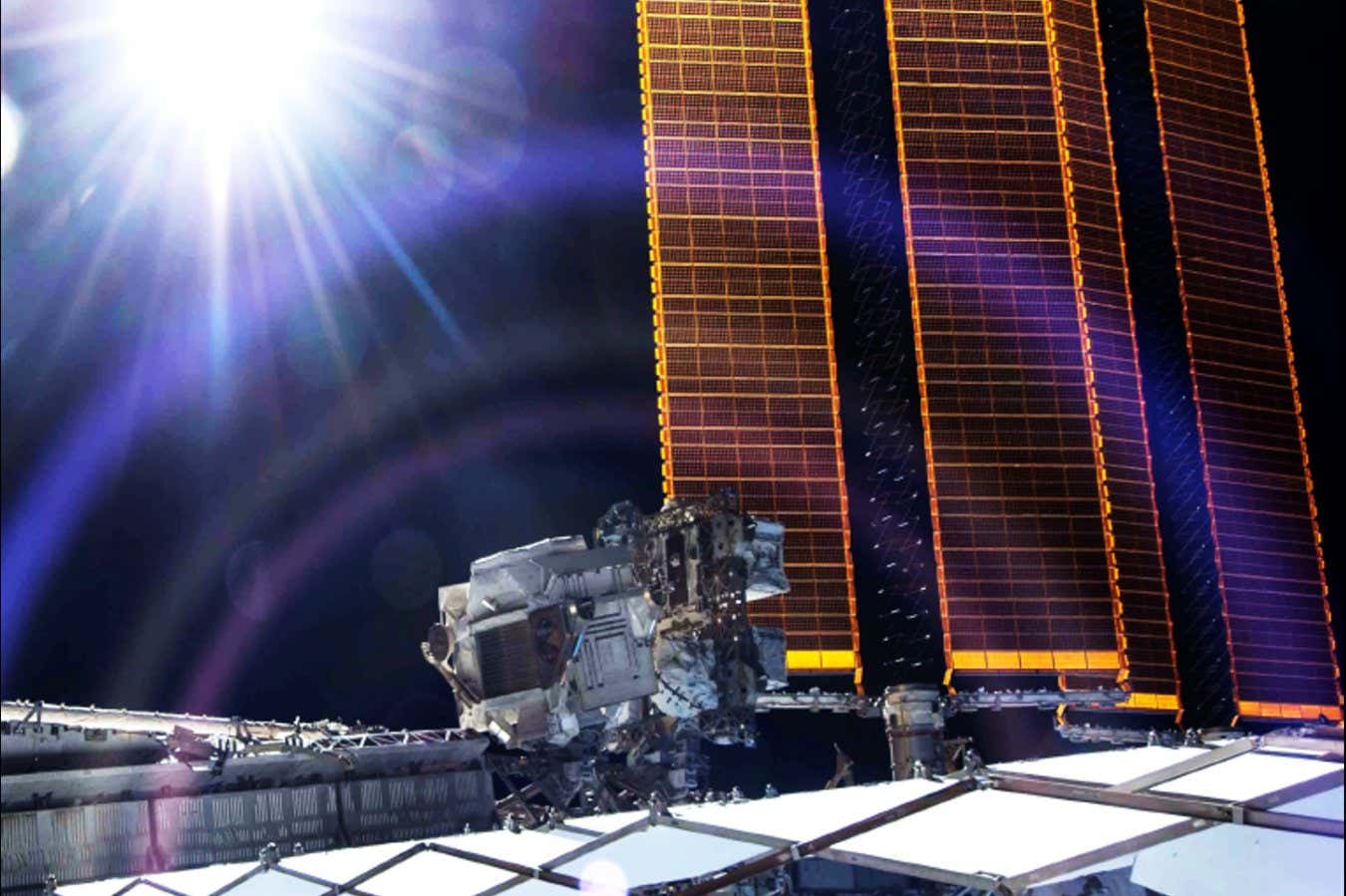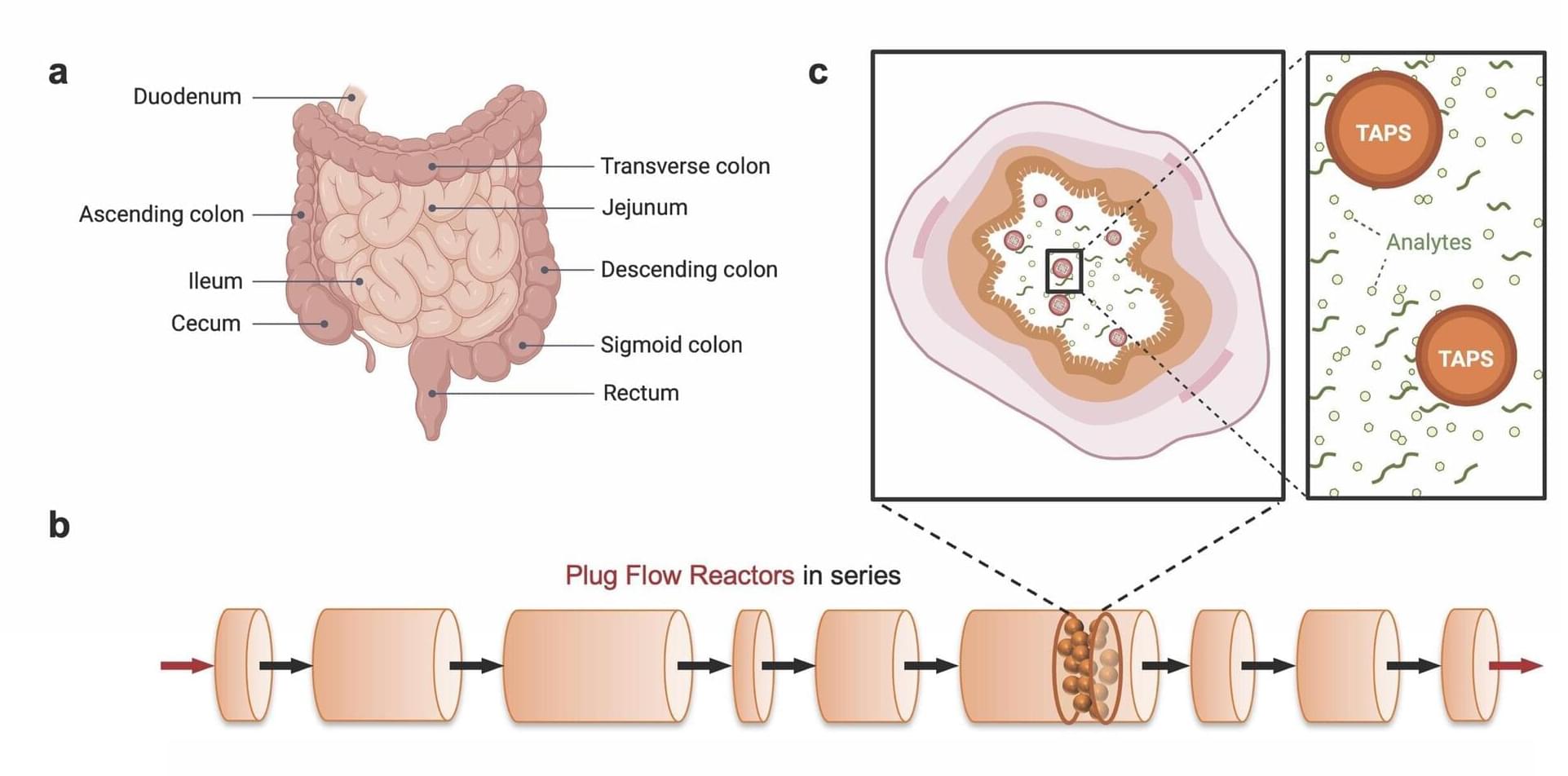In today’s AI news, OpenAI said on Tuesday it will develop artificial intelligence products for South Korea with chat app operator Kakao. In a whirlwind tour through Asia, OpenAI Chief Executive Sam Altman is also scheduled to visit India on Wednesday where he is seeking to meet Prime Minister Narendra Modi.
In other advancements, Tana is emerging from stealth, announcing $25 million in funding from an interesting list of backers to get started. Tana is part automated-list builder and note taker, part application enabler, and part organizer. It can listen to conversations or voice memos directed to Tana itself, transcribing them and turns them into action items.
Then, OpenAI filed a new application to trademark products associated with its brand — “OpenAI” — with the USPTO. Normally, this wouldn’t be newsworthy. Companies file for trademarks all the time. But in the application, OpenAI hints at new product lines both nearer-term and of a more speculative nature.
And, a South Korean startup called Cinamon is ramping up efforts to claim a part of this burgeoning market — it recently raised an $8.5 million Series B round to continue building its animated video generation platform “CINEV,” slated to be launched in beta in the first half of 2025.
In videos, watch World Wide Technology Co-Founder and CEO Jim Kavanaugh and NVIDIA Founder and CEO Jensen Huang talk about the evolution and future of AI. During the discussion, Jim and Jensen will also provide practical tips for implementing AI at scale within the enterprise.
Then, billionaire SoftBank founder Masayoshi Son and OpenAI chief Sam Altman took to a Tokyo stage Monday to outline their 50–50 collaboration. The venture, which will operate under SoftBank’s telecoms arm, will hire 1,000 people from SoftBank to market OpenAI products to industries from carmakers to retailers.
And, Jerrod Lew is back with another demonstration of Google’s Veo 2 video generator. In this episode Jerrod demonstrates Veo 2’s awesome ability to create videos of food being cooked and served. I imagine Google’s experience with YouTube makes Veo 2 a really good choice when it comes to video creation.






